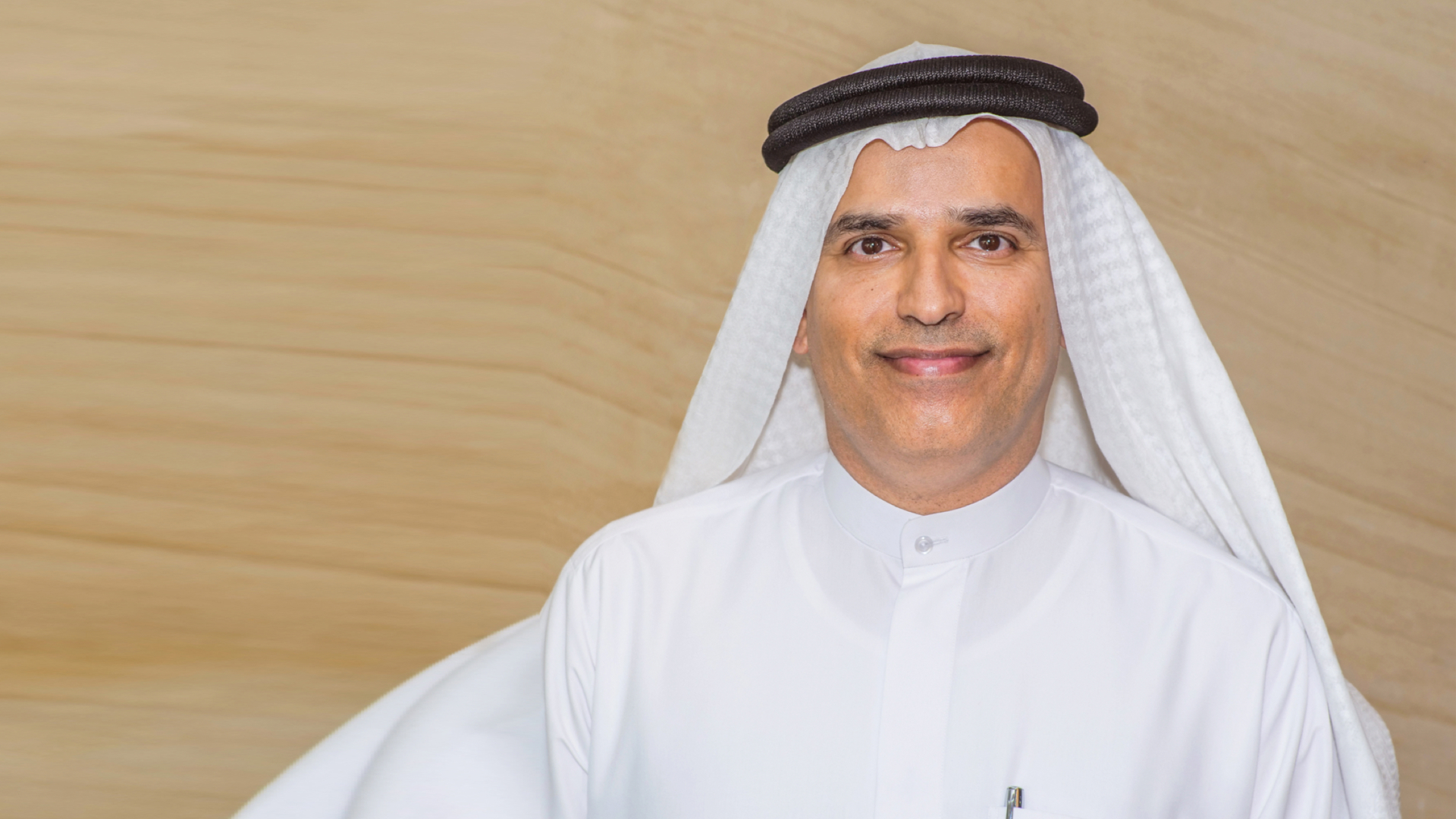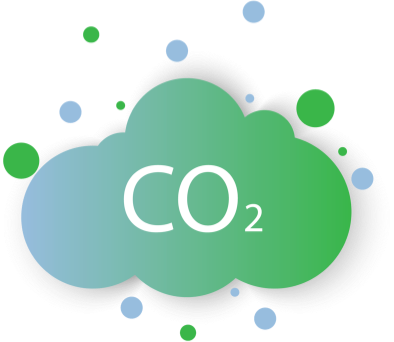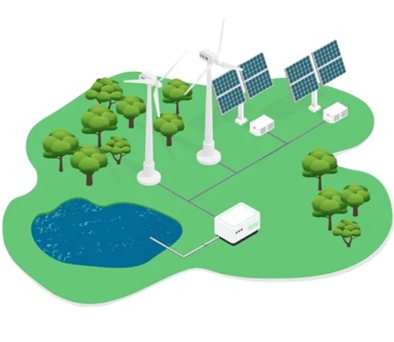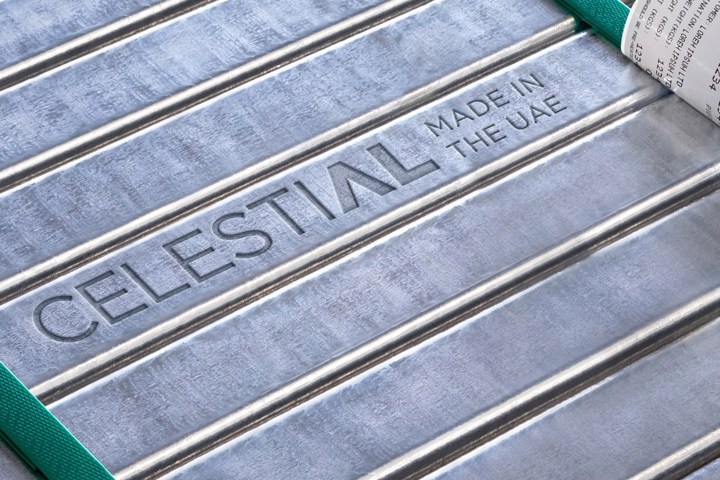

Our commitment to net zero by 2050
The global scientific consensus is that we must limit global warming to 1.5 degrees Celsius to avert the worst impacts of climate change, and that this requires net zero greenhouse gas emissions worldwide by mid-century. The United Arab Emirates has announced a national strategic initiative to reach net zero by 2050.
Aluminium is light, strong, durable, electrically and thermally conductive, formable and infinitely recyclable. These qualities make it ideal for applications from electric vehicles to windfarms, and from mass transit systems to solar panels, that are essential to reach net zero while improving living standards.
Demand for aluminium is expected to grow by between 50 per cent and 80 per cent by 2050, according to the International Aluminium Institute.

However, aluminium is currently one of the most carbon intensive metals to produce. The global aluminium industry is estimated to account for about two per cent of all anthropogenic greenhouse gas emissions.
The greenhouse gas emissions intensity of companies in the aluminium sector varies widely, principally because of their different sources of energy but also the efficiency of their smelting technology. Emirates Global Aluminium’s greenhouse gas emissions intensity for smelting and casting in 2024 was 32.4 per cent lower than the global industry average, with our energy mostly derived from natural gas. EGA’s scope 1 emissions were 22.1 million tonnes in 2024, and EGA had zero scope 2 emissions.
At EGA, we recognise that the aluminium industry must be part of the solution to human-induced climate change, not just through the use of our products but also how they are made.
EGA’s commitment is to reach net zero greenhouse gas emissions by 2050 and reduce our emissions intensity by 25 per cent by 2030, compared to a 2020 baseline. Our interim target includes scopes 1 and 2, and upstream scope 3 emissions.

We have developed a roadmap to achieve this vital goal, engaging internal and external engineers, technologists and economists.
We have also developed a greenhouse gas emissions trajectory tool that tracks all active and planned projects within our five-year pipeline. This tool supports data-driven carbon reduction projections and strategic decision-making in accordance with ASI’s cradle-to-gate scope boundary and relies on GHG accounting guidance developed by the International Aluminium Institute (IAI).
Not all the solutions will lie with EGA alone. We recognise that we must work in partnership with others. The UAE’s ambitious plans to decarbonise its electricity generation are important for us to achieve our commitment, as is the development of the role of ‘green’ hydrogen.

Our 2050 commitment relates to our scope 1, 2 and 3 emissions as defined by the Greenhouse Gas Protocol developed by the World Resources Institute and the World Business Council for Sustainable Development.
We disclose our progress towards achieving our commitment to net zero carbon each year in sustainability report.

